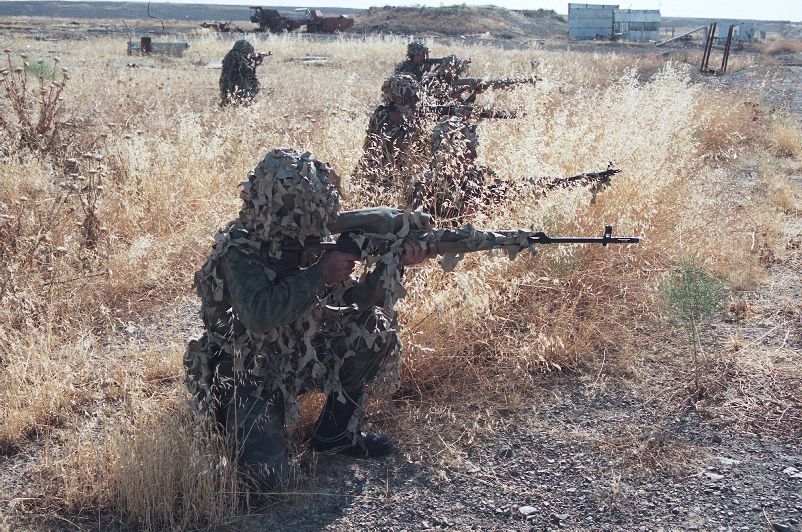OSCE Minsk Group feels lassitude

By Laman Sadigova
Tensions in between Armenia and Azerbaijan have created a certain lassitude as far as the OSCE Minsk Group is concerned. Despite decades into peace negotiations nothing tangible was ever really manifested on the ground. Hoping to bring about change, officials have therefore intensified their visits.
Personal Representative of the OSCE Chairman-in-Office Andrzej Kasprzyk, held recently a personal meeting with Armenian President Serj Sargsyan. The sides discussed the deterioration of the situation observed in the last week on the contact line between Armenia and Azerbaijan.
Sargsyan’s panic and unconstructive charges confide in the deplorable inner situation in Armenia. Undoubtedly, Armenian president accused Azerbaijan for the deterioration, arguing Baku is striving to break the ceasefire agreement that was signed in 1994.
Probably, in response to these complains the OSCE sent its observers to the front zone to oversee the situation. Again, this action does not seem to lead anywhere.
Azerbaijan has repeatedly expressed its dissatisfaction with the OSCE’s ineffectiveness. The peaceful solution, they are talking about, seems to have translated in a twenty years standstill.
This prolongation seems ridiculous, because Azerbaijan does not express any desire to take something that does not belong to it, but to retrieve its own territory.
UN Security Council's four resolutions on the liberation of the Nagorno-Karabakh and the surrounding regions have not yet been carried out by Armenia. The OSCE Minsk group’s first obligation was to implement them. However, all its actions can be described by the word “observe”. In many ways the OSCE Minsk Group actually created this standstill situation by its ineffectiveness.
After 20 years of observation, Azerbaijan wants to look for other solutions. The conflict can be solved in the condition of Russia-Turkey-Azerbaijan-Armenia cooperation.
Due to a recent rapprochement between Turkey and Russia, a solution of the conflict became more real and promising.
Azerbaijan's internationally recognized Nagorno-Karabakh territory was turned into a battlefield and zone of aggravated tensions after Armenia sent its troops to occupy Azerbaijan's lands. As a result, 20 percent of Azerbaijan's internationally recognized territory stands under military occupation. For the past two decades, and despite calls from the international community, Armenia has refused to withdraw its troops and retreat within its national borders.
The two countries signed a ceasefire agreement in 1994. The co-chairs of the OSCE Minsk Group, Russia, France and the U.S. are currently holding peace negotiations.
---
Follow Laman Sadigova on Twitter: @s_laman93
Follow us on Twitter @AzerNewsAz
